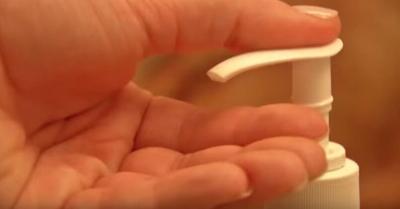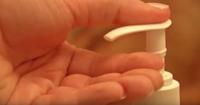Nobody wants to get sick, but cold and flu season is among us. There are about 62 million cases of the common cold every year. Separating cold facts from fiction may cut down your chances of catching it.
Myth #1: Colds can only be spread if someone with the virus sneezes or coughs near you. A University of Virginia study found they don’t have to be near you. The cold virus can live on furniture, toys, and door handles for more than 24 hours.
Myth #2: Surprisingly, hand-washing is not your best defense. Researched found that soap and water only removed 31% of the cold virus. But, rubbing your hands with a hand sanitizer that had 95% alcohol content removed 80% of the virus.
Myth #3: Vitamin-C prevents, or relieves, a cold. There have been several large-scale studies testing this theory, but there is no evidence that vitamin-C does much for your sore throat and runny nose. While there is no vaccine for the common cold, there is one thing that will drastically cut down your chance of catching it – avoid touching your mouth or nose. Those are the most common places for the virus to enter.
A cold is caused by a virus, so antibiotics won’t help. Also, think twice before sharing toothbrushes, tweezers, and earrings. From bleeding gums, picking an ingrown hair, or poking the skin with an earrings, these items often transfer blood-borne infections. Never double-dip and use a q-tip rather than your germy fingers to get face cream products out of the container.
If it stays damp, don’t share. From loofahs and bar soap, to even towels and wash cloths, dead skin cells stick to these items and multiply causing acne, the stomach flu, or even ringworm after sharing.
Be sure to wipe your nail clippers and earbuds with alcohol between uses. Earbuds build up staph and strep bacteria while nail clippers hide fungus and types of HPV that can cause plantar warts. WebMD says these warts can last up to two years. Swapping deodorant with others leaves you susceptible to germs from ingrown hair, blood from shaving, and sweat.






















